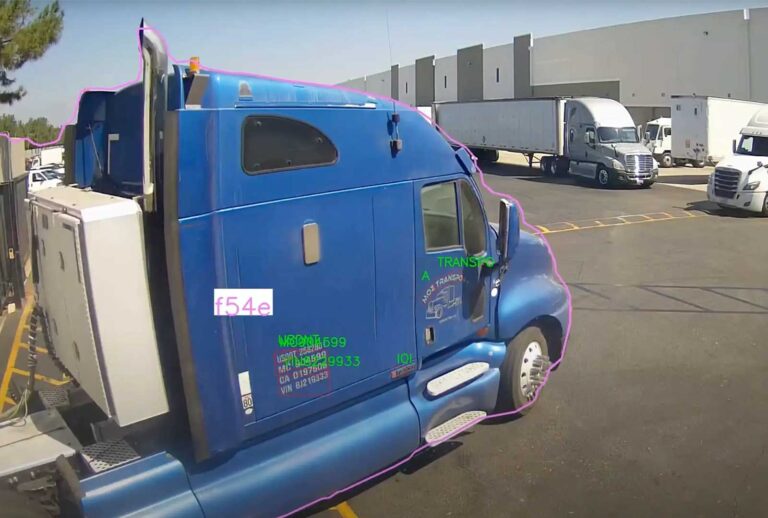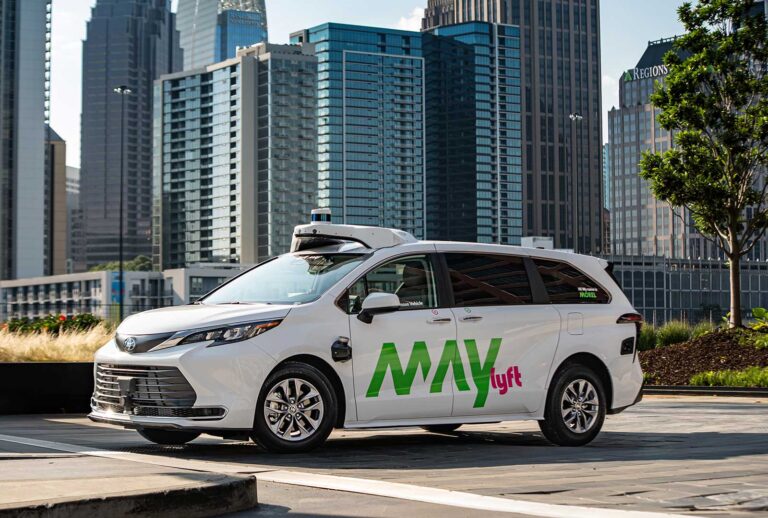NHTSA’s New AEB Mandate: A Stumbling Block or Stepping Stone to Full Autonomy?
Dr. Matt Markel, Business Leader, Radar & Autonomy Expert with experience at Waymo and in the defense industry joined Grayson Brulte on The Road to Autonomy podcast to discuss the NHTSA mandate requiring AEB (automatic emergency braking) systems in all new light vehicles by 2029 and what impact this mandate will have on the development of autonomous vehicles.
While the mandate doesn’t specifically require LiDAR, Dr. Markel believes a radar+camera sensor fusion approach will likely be the dominant solution that automakers implement to meet this new regulation. He sees the mandate as a positive for wider adoption of radar, but doubts it will spur major radar technology breakthroughs since full autonomy (SAE Level 4) remains the real driver of sensor advancement.
During the conversation, Dr. Markel raised concerns about the potential unintended consequences that the mandate could cause, such an increase in “false alarm” brake activations from the AEB systems detecting non-threats because of interference. If a driver finds the system not to be functioning correctly, the regulation restricts automakers from allowing drivers to disable the AEB system, which could create towing/repair headaches if the system suffers a failure.
While the mandate aims to save lives, Dr. Markel argues the safety benefits will be small compared to the potential of full autonomy. He advises autonomy companies to “run their own race” and not be distracted by this regulation from their core SAE L4 missions which offer vastly greater safety upsides.
Recorded on Tuesday, June 11, 2024
Episode Chapters
- 0:00 NHTSA AEB Mandate
- 4:24 Radar Data Generation
- 9:09 AEB Battery Draw
- 12:49 Integrating Radar into a Vehicle Design
- 15:15 L3 vs L4 Debate
- 24:26 Is the AEB Mandate a Distraction to L4 Goals?
- 31:59 Unintended Consequences of AEB Mandate
- 41:49 Impact of Slowing EV Sales on AEB Mandate
- 42:57 Key Takeaways




